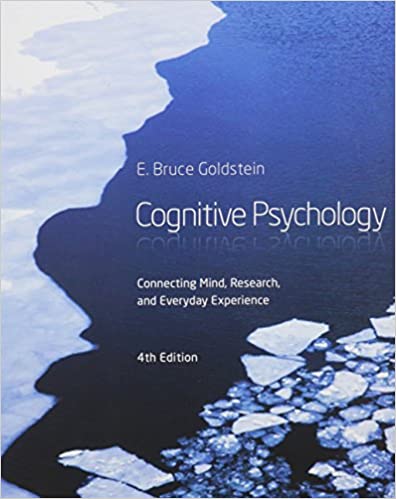
Cognitive Psychology 4th Edition by Bruce Goldstein
Edition 4ISBN: 978-1305416420
Cognitive Psychology 4th Edition by Bruce Goldstein
Edition 4ISBN: 978-1305416420 Exercise 1
In this chapter we have seen how networks can be constructed that link different levels of concepts. In Chapter 7 we saw how networks can be constructed that organize knowledge about a particular topic (see Figure). Create a network that represents the material in this chapter by linking together things that are related. How is this network similar to or different from the semantic network in Figure? Is your network hierarchical? What information does it contain about each concept?
Figure 1 : An organized tree for some of the material about encoding presented in this section of the chapter.

Figure 2: Collins and Quillian?s (1969) semantic network. Specificconcepts are indicated in color. Properties of concepts are indicated at the nodes for each concept. Additional properties of a concept can be determined by moving up the network, along the lines connecting the concepts. For example, moving from ?canary? up to ?bird? indicates that canaries have feathers and wings and can fly. The dashed lines indicate the distance in the network from canary to bird and from bird to animal. (Source: Adapted from T. T. Rogers J. L. McClelland, Semantic cognition: A parallel distributed processing approach , Cambridge, MA: MIT Press, 2004.)

Figure 1 : An organized tree for some of the material about encoding presented in this section of the chapter.

Figure 2: Collins and Quillian?s (1969) semantic network. Specificconcepts are indicated in color. Properties of concepts are indicated at the nodes for each concept. Additional properties of a concept can be determined by moving up the network, along the lines connecting the concepts. For example, moving from ?canary? up to ?bird? indicates that canaries have feathers and wings and can fly. The dashed lines indicate the distance in the network from canary to bird and from bird to animal. (Source: Adapted from T. T. Rogers J. L. McClelland, Semantic cognition: A parallel distributed processing approach , Cambridge, MA: MIT Press, 2004.)

Explanation
A concept is the understanding of langua...
Cognitive Psychology 4th Edition by Bruce Goldstein
Why don’t you like this exercise?
Other Minimum 8 character and maximum 255 character
Character 255


